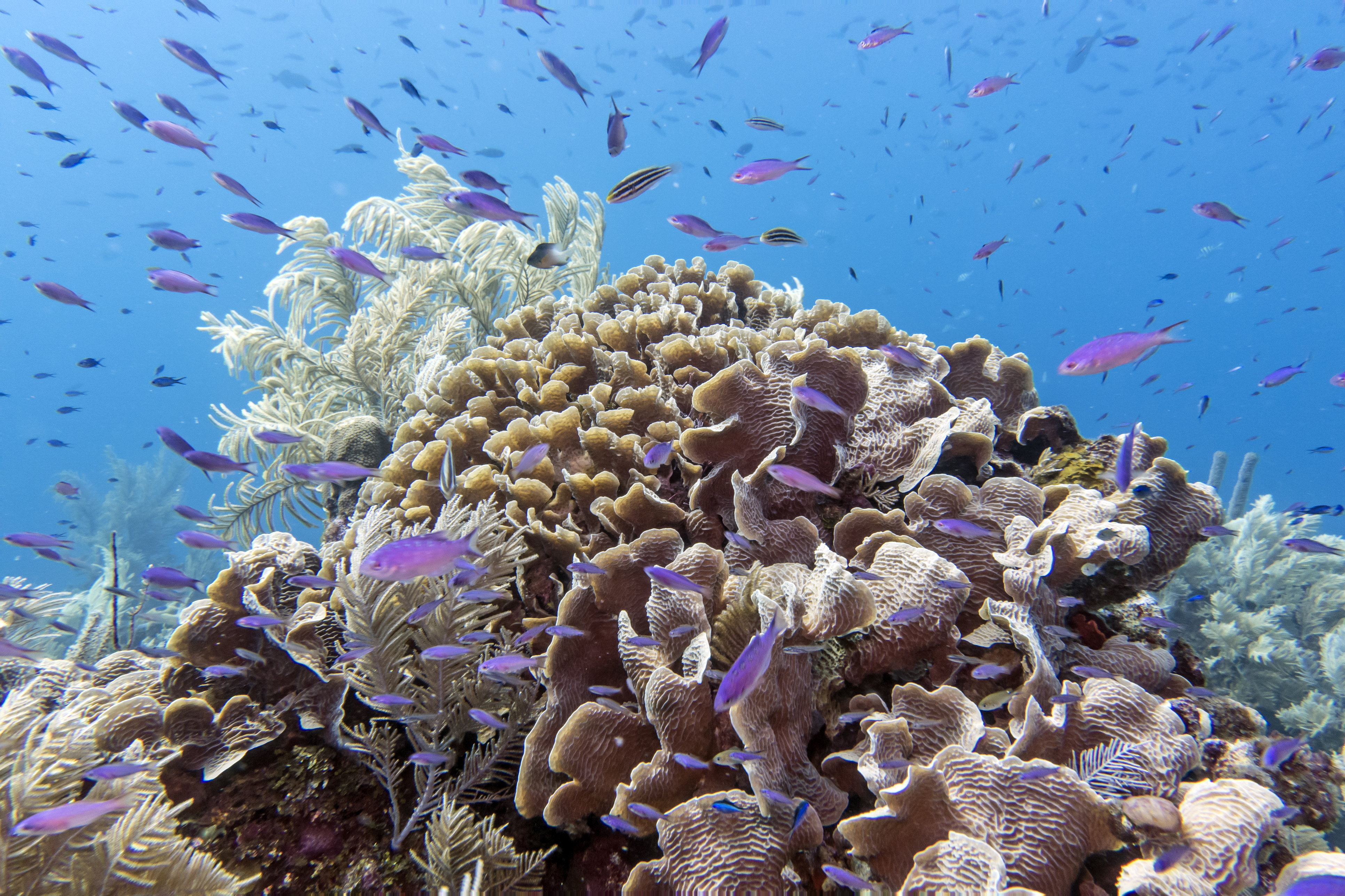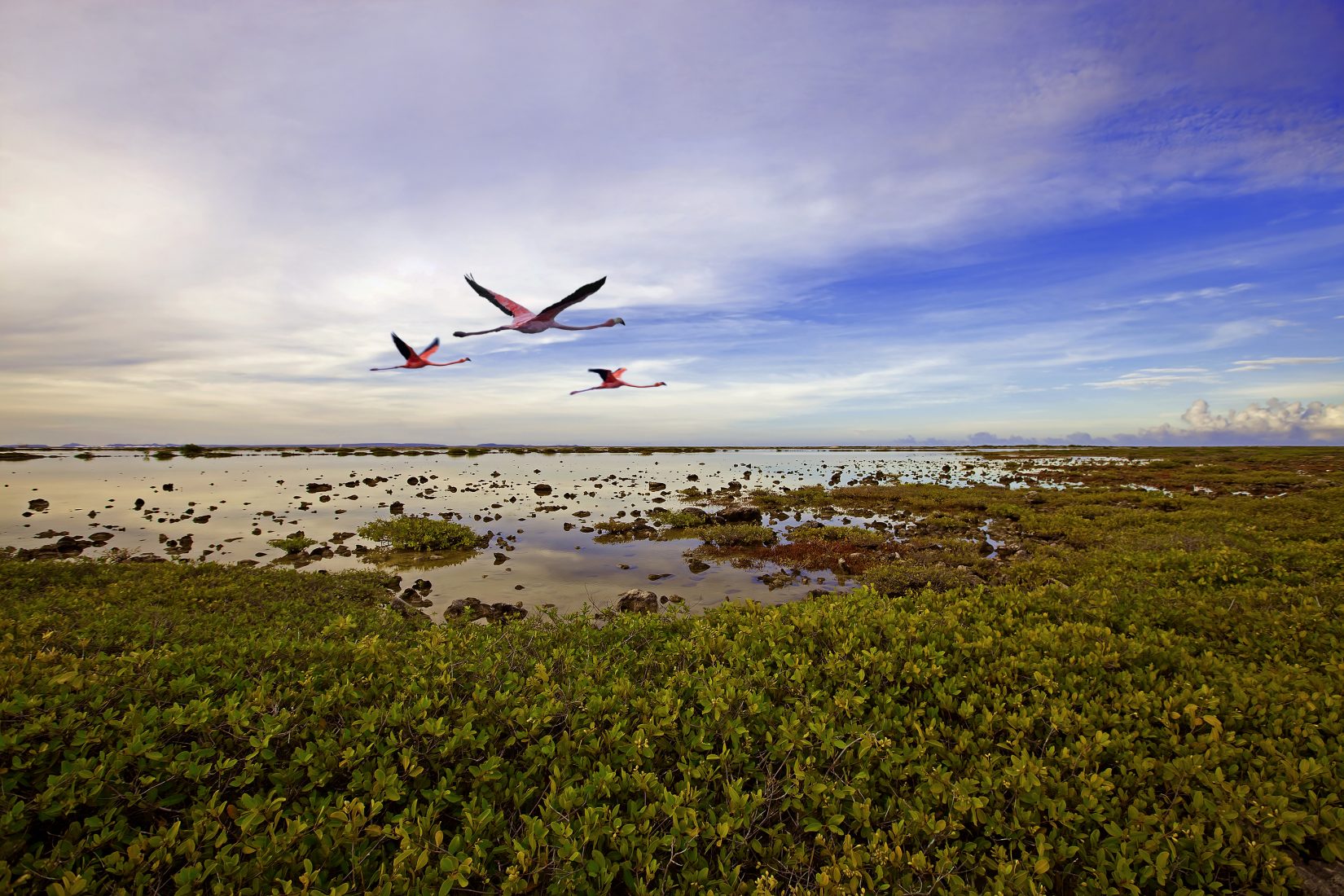The Five Most Eco-Friendly Cruising Destinations

World Oceans Day is June 8, but Royal Caribbean focuses on the seas all year round. The global cruise line’s worldwide commitment to sustainability spans many areas, from “scrubbing” emissions from its ships’ engines to using LED lights onboard. Also, Royal Caribbean created a comprehensive conservation action plan as part of the Save the Waves program in partnership with the World Wildlife Fund. It gives every guest the opportunity to pitch in whenever they sail with us—to more than 250 destinations around the globe.
But what about when you’re visiting our ports of call? These destinations offer plenty of natural beauty and are packed with eco-friendly Royal Caribbean shore excursions
https://youtu.be/-J1sH0WcTcw
Read on for the sustainable adventures that await you at these destinations.

Skagway, Alaska
There’s no better place to appreciate the mountains of Alaska and its ample wildlife than in Skagway, where you can hike through the Tongass Rainforest or raft the Chilkat Preserve, which houses the world’s largest concentration of bald eagles.
Besides traveling by foot and raft, Alaskans also have the famous dogsled. You can take a dog-sledding adventure across Skagway to a musher’s camp, where you’ll meet and cuddle puppies, helping to socialize them. Tours like these support the parks of the Last Frontier, which protect the local inhabitants of bears, eagles and elk.

Jamaica is full of beautiful beaches—and lush forests. If you catch a ride down the Martha Brae Riveron a bamboo raft, you can sit back and relax as you’re surrounded by the distinct vegetation and local wildlife, such as the red-billed streamertail, the country’s national bird.
You also have the chance to help protect the area’s native flora. “Stush in the Bush” is a sustainable, organic farm, and taking in a meal there means supporting and continuing its work. If you join the volunteer experience in Montego Bay, you can be part of a planting ceremony at a charitable mission, which will use the resulting vegetables to feed nearby residents.

Kings Wharf, Bermuda
The Atlantic island of Bermuda has a unique architectural style, one you see dotting the verdant hills. The white, terraced roofs topping the area’s homes not only disperse the sun’s heat but also collect rainwater.
Scooters are ubiquitous here and are better for the environment than cars (as well as ideal for navigating the local narrow streets), but as the host of America’s Cup this year, wind-powered sailing is the best bet for low-emission traveling when in town. You can board a catamaran and sail through crystal waters to snorkel at a colorful coral reef, or take a dive as part of Royal Caribbean’s PADI certification program, the only one at sea.

Bonaire
This Dutch municipality sits in the southern Caribbean and its environmental importance is undeniable: it’s surrounded by the Bonaire National Marine Park, which protects extensive coastal reefs nearby. You can spot them, and the marine life they support, while riding a glass-bottomed boat.
Bonaire also is home to Pekelmeer (Pink Lake), the Caribbean’s most important breeding ground for flamingos. Tour the salt flats to see them; the tidal pools of shrimp in the flats attract the flamingos in flocks—and give them their famous pink coloring.

Roatan, Honduras
Roatan is notable for its preservations that protect native flora and fauna. The Gumbalimba Preservation Park on the western tip of the island is a small rainforest full of exotic animals. Its bird sanctuary features brilliant blue and yellow macaws and parrots, while the monkey refuge is filled with white-faced capuchin monkeys, as well as caves etched with ancient murals.
The Roatan Marine Park supports the Mesoamerican Barrier Reef, the largest in the western hemisphere. These incredible reefs are open for diving and snorkeling, but you also can take a Breathing Observation Submarine Scooter (BOSS) underwater to see it.
Find your perfect cruise here to see these destinations and enjoy their sustainable shore activities.